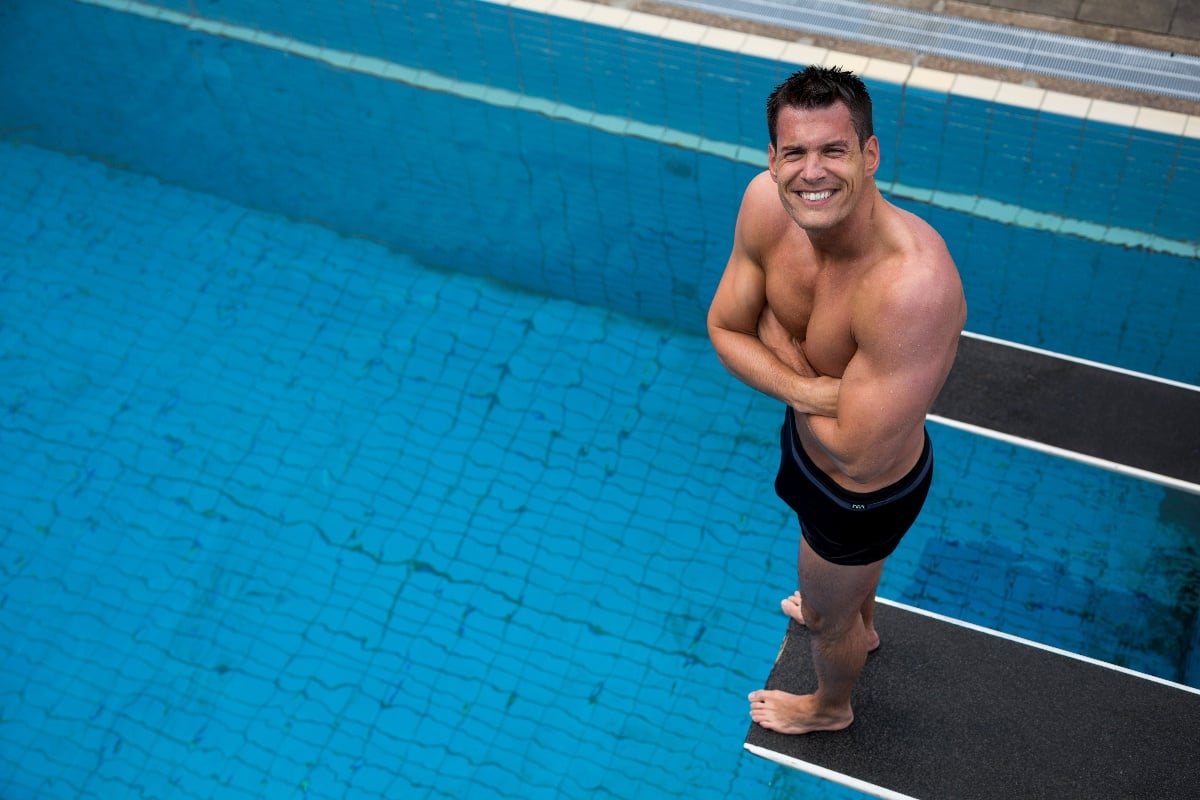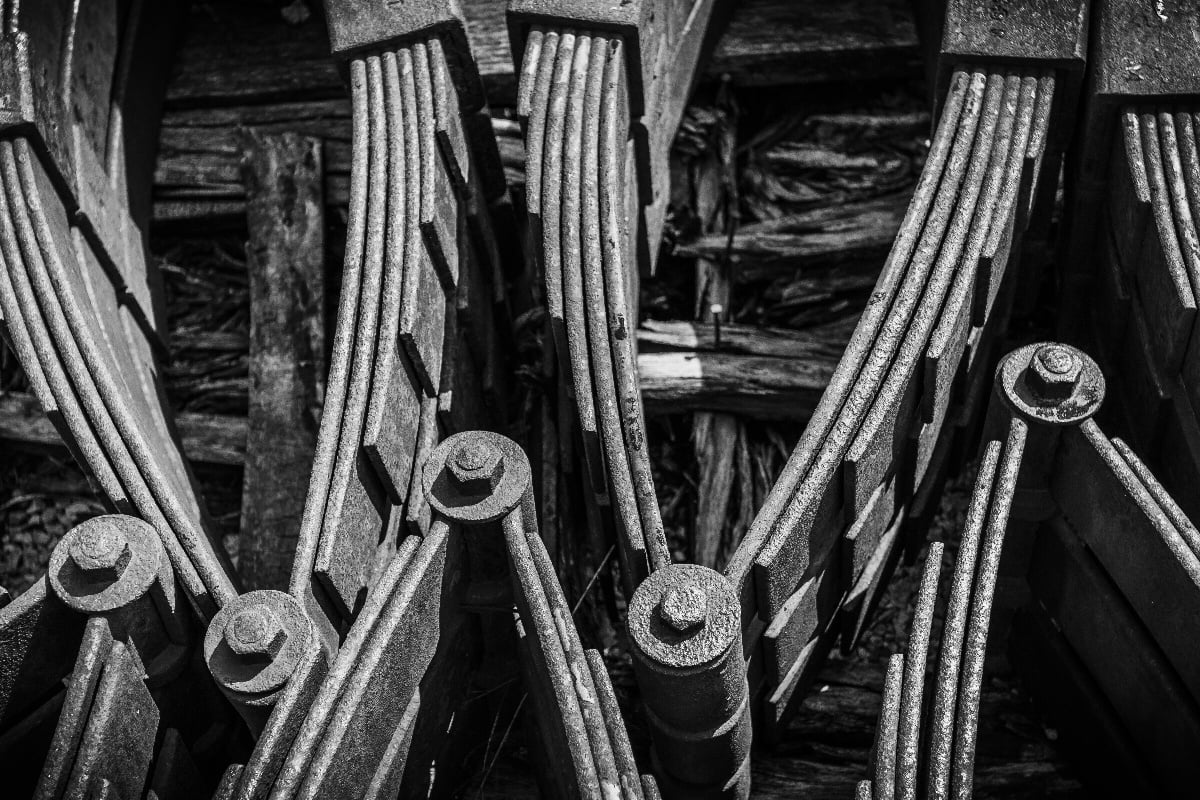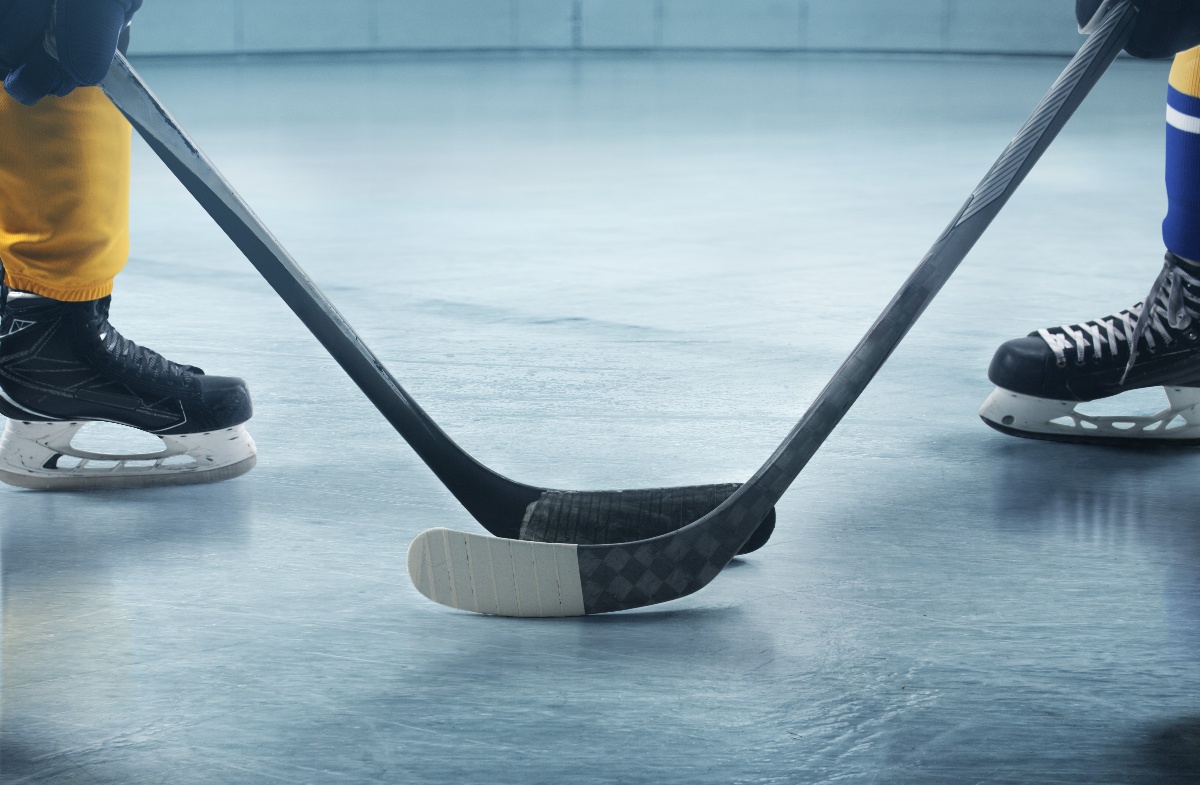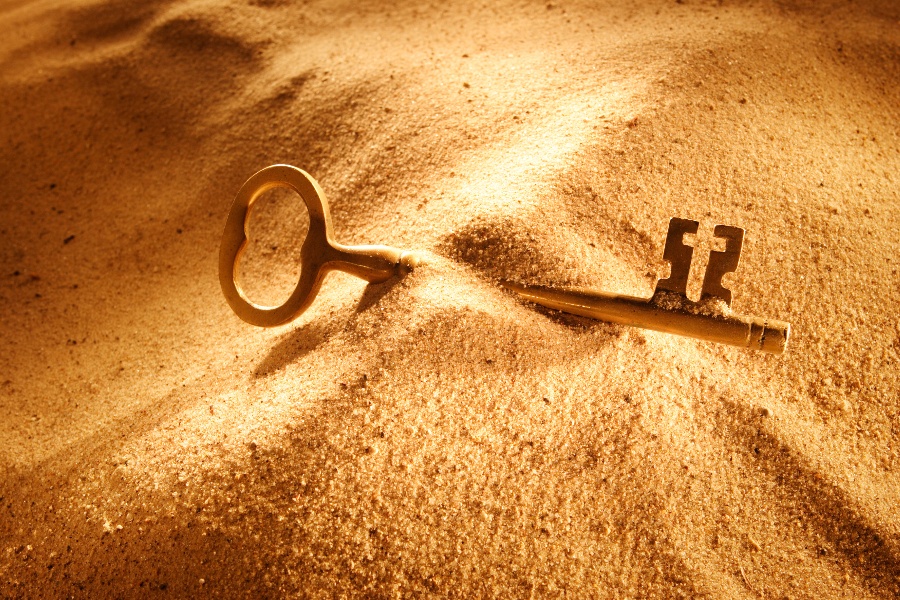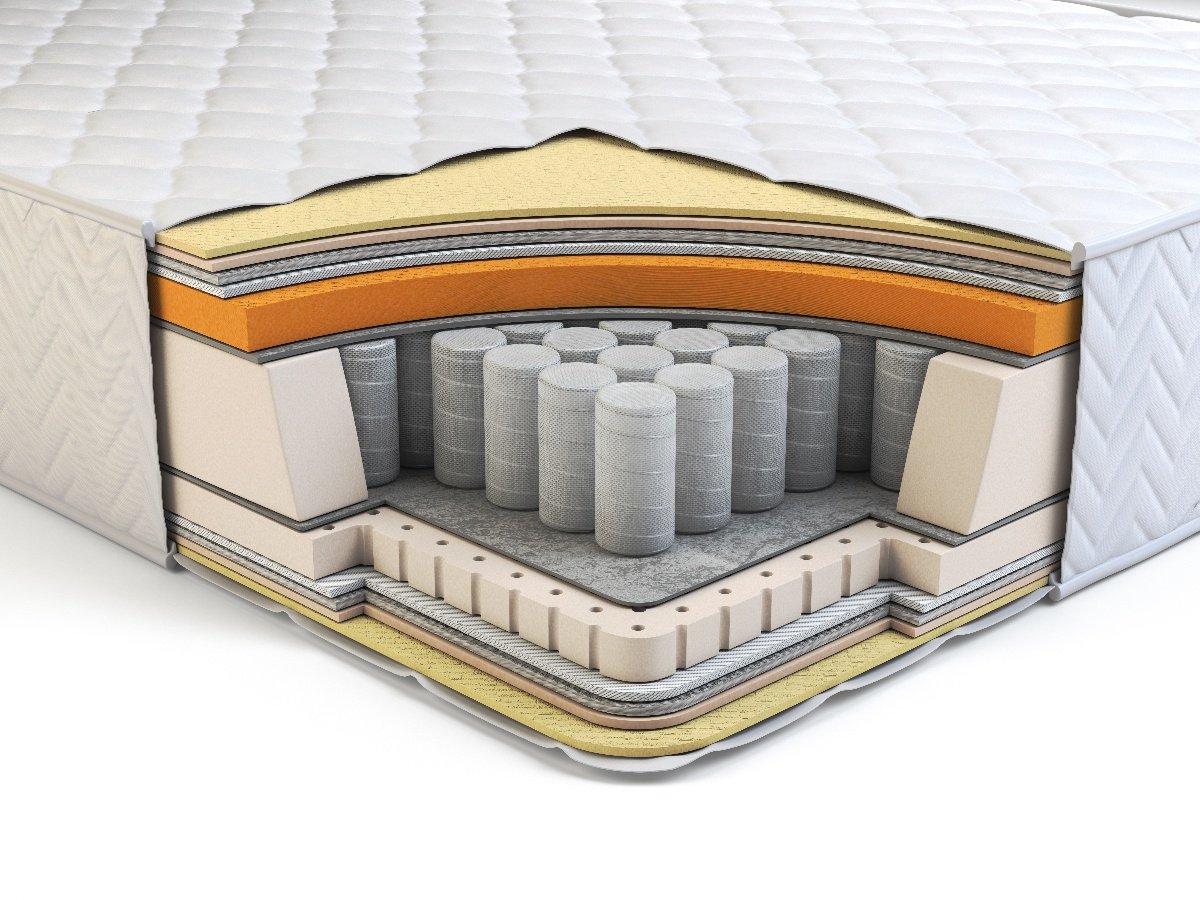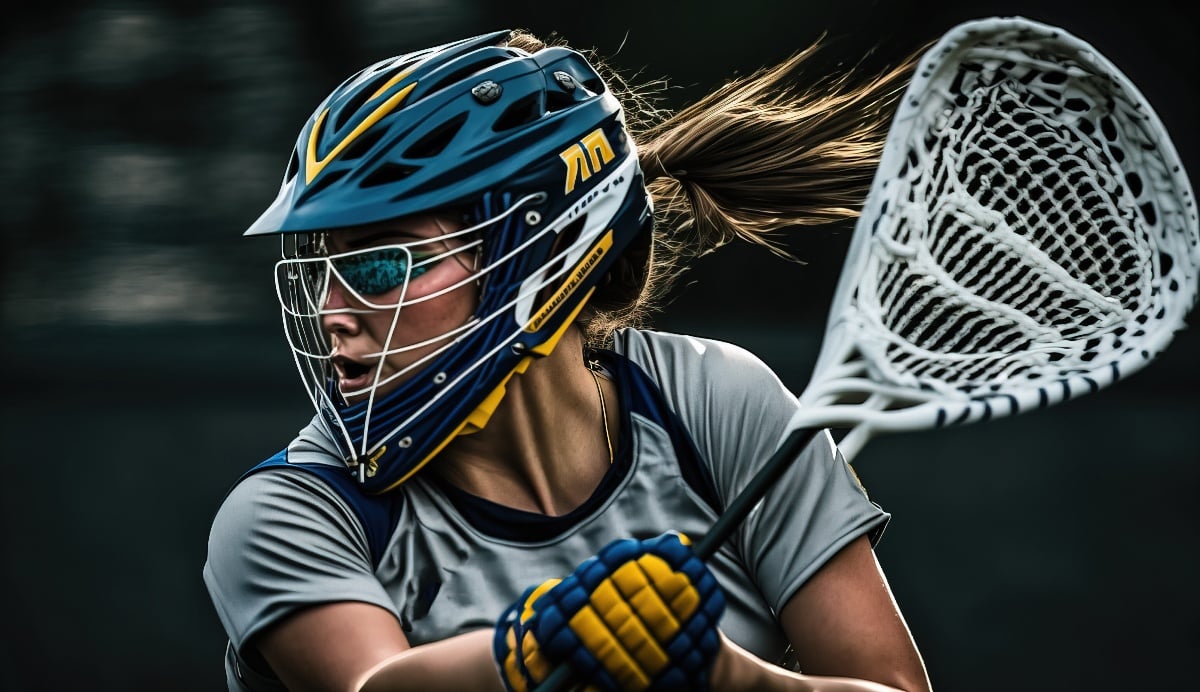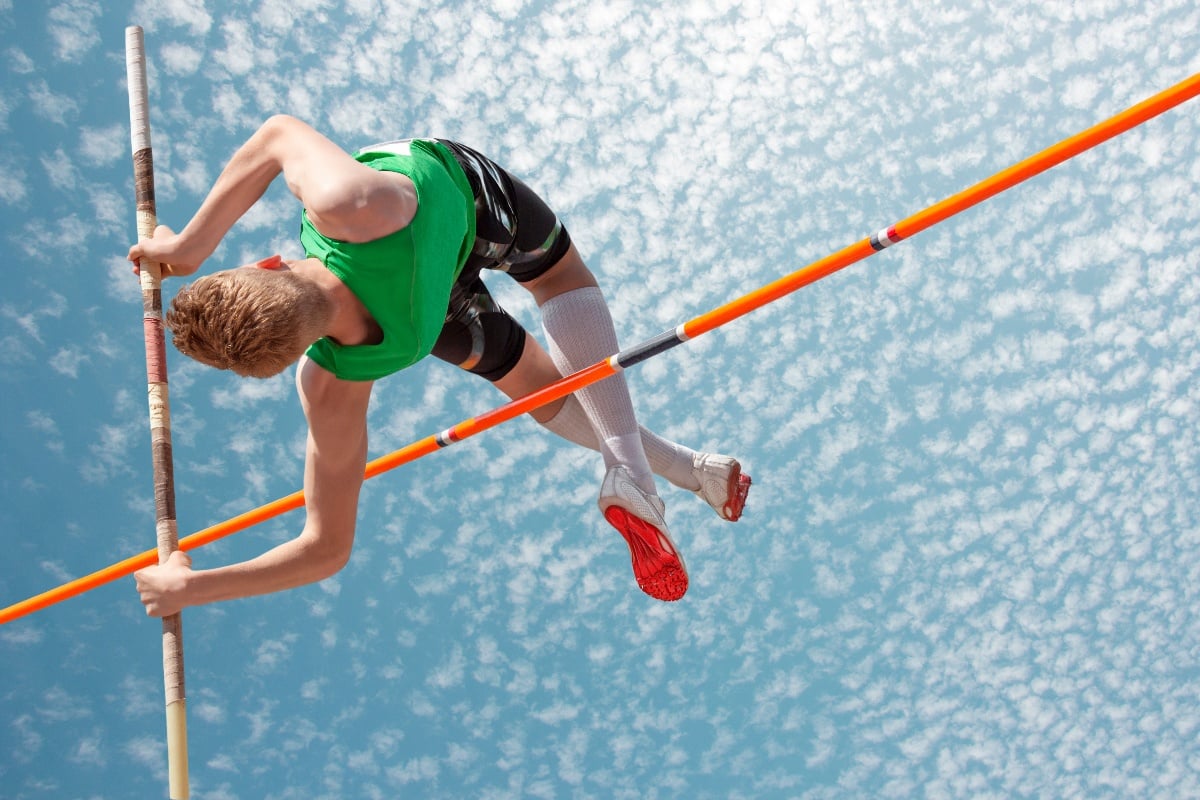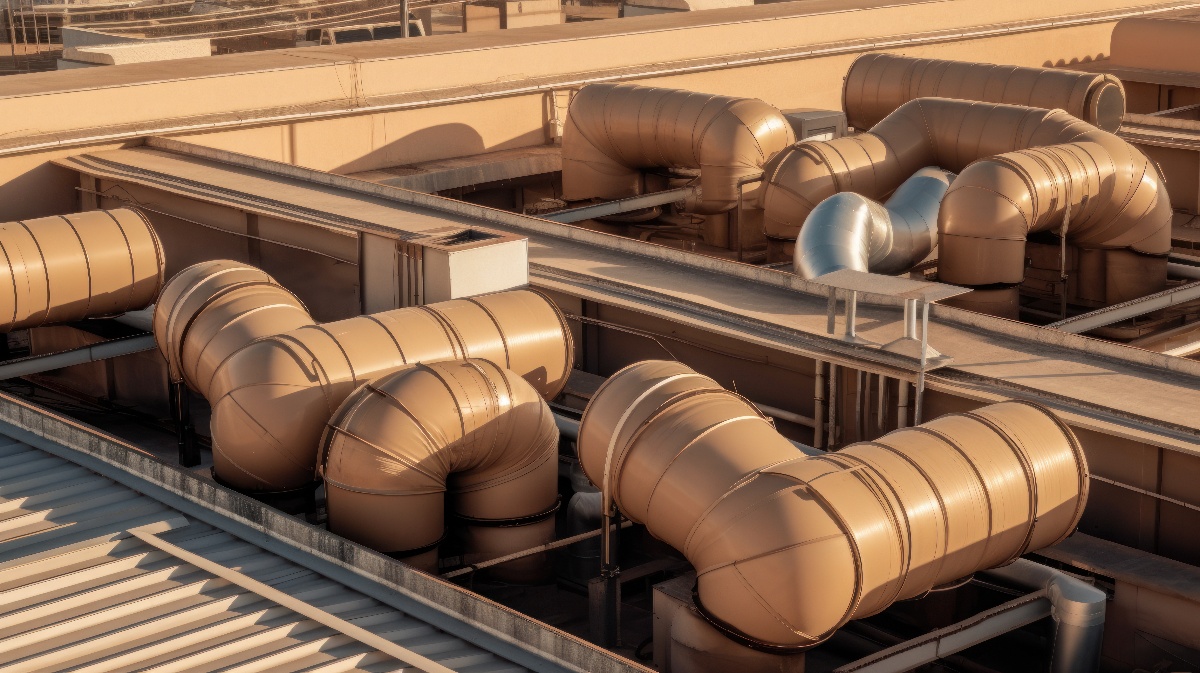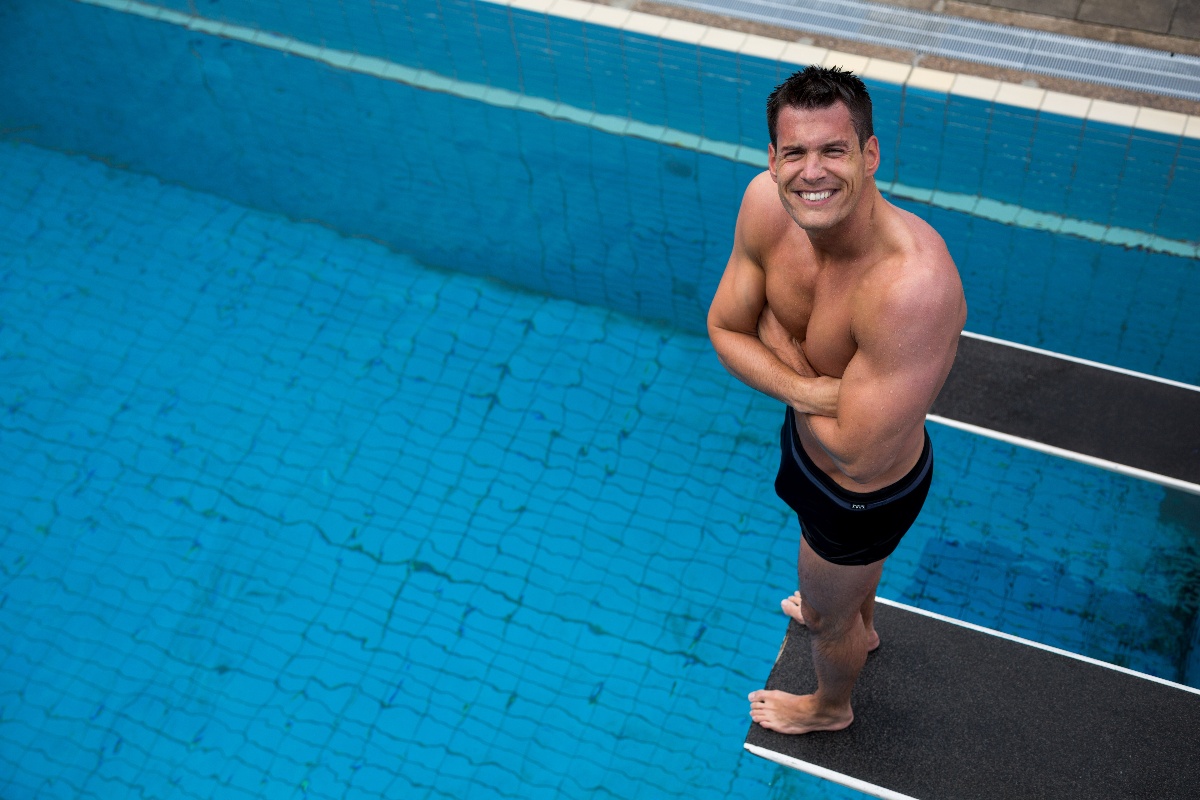
Diving boards have been a staple of swimming pools for decades, providing recreational and competitive divers an elevated platform to jump off of. But without the assistance of properly designed and engineered springs beneath the board, even the most talented divers would fail. The springs are critical components that give the board its characteristic bounce, allowing divers to achieve height and perform spins and flips.
Materials play a crucial role in this context. The choice of material affects not only the board's flexibility and strength but also its longevity and resistance to environmental factors like weather and pool chemicals. Engineers must work within a narrow window of performance, ensuring that the diving board is responsive enough to enable athletic feats, yet stable and predictable for users of all skill levels.
In this article, we will explore the engineering behind diving board springs. The basics of spring design and mechanics will be covered, along with a comparison of common spring materials.
Spring Design Basics
The function of springs in diving boards is governed by the physical law known as Hooke's law. This law states that the force (F) needed to extend or compress a spring is directly proportional to the distance (x) the spring is displaced. The proportionality constant (k) in this relationship is known as the spring constant. Mathematically, Hooke's law is expressed as F = -kx.
The spring constant has major implications for the performance of a diving board. A higher spring constant means the spring provides greater resistance to compression. This results in less bounce for the diver. Conversely, a lower spring constant will allow for greater compression and a higher rebound when the spring expands.
Competition boards at the high end of this range offer an extra springy platform for divers to show off their skills. Recreational boards on the lower end provide a gentle, forgiving bounce for casual swimming pool fun.
Diving board manufacturers carefully select custom spring constants and spring configurations to fine tune the bounce to match their target audience. The principles of Hooke's law guide them in this process to create springs that can withstand thousands of compression cycles without breaking while providing the desired rebound characteristics.
Design Considerations for Diving Board Springs
Several factors influence the design of a diving board's spring system:
User Weight
Diving boards need to accommodate a range of weights, from children to adults. This requires a design that can safely and effectively flex under varying loads.
Board Length
The length of the board affects its flexibility. Longer boards can offer more spring but may require additional support to maintain stability.
Intended Use
Competitive and recreational diving boards have different design requirements. Competitive boards need to provide precise control and consistent performance for high-level athletic activities. Recreational boards, on the other hand, prioritize safety and durability for more casual use.
Impact of Design and Materials on Performance Characteristics
Bounce
The material and design of the diving board determine its bounce characteristics. A well-designed board will have a responsive bounce that aids divers in achieving height and control in their dives.
Stability
Stability is crucial, especially for competitive diving. The board should not wobble or flex excessively sideways, as this can impact the diver's control and safety.
The design of diving board springs is a sophisticated exercise in balancing various mechanical and material properties. Engineers must consider the interplay between flexibility, strength, and stability to create a board that is safe, enjoyable, and suitable for its intended use, whether in a competitive arena or a community pool.
Diving Board Spring Materials
Engineers have several options when selecting materials for diving board springs. The most common choices each have their own advantages and disadvantages.
Steel is the traditional material used for springs. Its high strength allows steel springs to provide great rigidity and bounce. However, plain steel corrodes easily when exposed to water. This has led to stainless steel and other alloys becoming more popular for corrosion resistance. The downside is increased cost.
Advanced composite materials are an emerging choice for springs. Carbon fiber, graphene, and glass/carbon hybrids can match or exceed the durability of steel while weighing much less. This allows for larger yet lighter springs to be designed. But these newer composites are expensive to produce compared to other metals.
When selecting materials, diving board manufacturers have to balance strength, lifespan, weight, cost, and corrosion resistance based on the specific application. With continued materials research, springs are becoming lighter, stronger, and more durable over time.
A promising material to use in diving board springs is fiberglass.
The Promise of Fiberglass Springs
The basic construction of fiberglass springs involves winding and resin-binding glass fibers into the familiar coiled shape. But this deceivingly simple composition results in impressive performance.
Fiberglass' strength-to-weight ratio rivals that of steel, meaning springs of comparable durability can be produced at a lighter weight. This gives diving board manufacturers more flexibility in designing for large yet responsive springs. Fiberglass also has very good fatigue resistance, meaning it can flex repeatedly under loading without breaking down. This translates to a long operational life over thousands of compression cycles.
Additionally, fiberglass' corrosion resistance is far superior to traditional steel. The glass fiber construction is impervious to water and the damage caused by extended pool exposure. Maintenance costs and downtime for spring replacement can be reduced compared to steel designs.
While historically more expensive than steel, fiberglass pricing has come down as manufacturing methods have improved. When factoring in fiberglass' durability and lack of need for protective coatings, the lifetime costs can be quite competitive with steel. As more diving board manufacturers recognize these advantages, fiberglass may soon become the new normal in spring materials. The combination of strength, fatigue resistance, and corrosion immunity make fiberglass an emerging star in this domain.
Looking ahead, springs will continue improving through the development of advanced materials and simulation-based design optimization. While the basic coil shape will remain, the substances they are made from will push the boundaries further. However, the guiding physics of Hooke's law will persist at the core.
As long as there are pools and diving boards, there will be a need for springs engineered for this unique environment. By merging material science, manufacturing, and mechanics expertise, springs provide a foundational technology that gives divers the power to defy gravity with grace and athletics.

